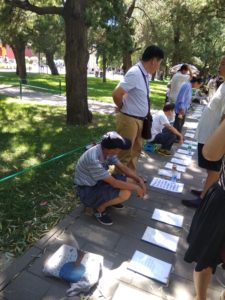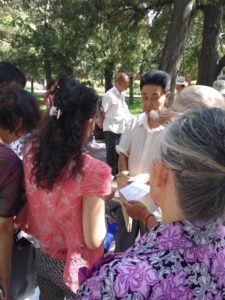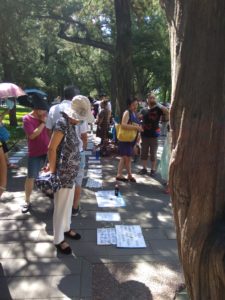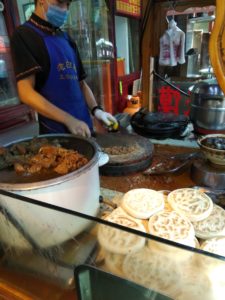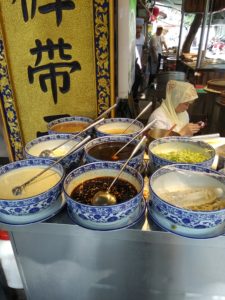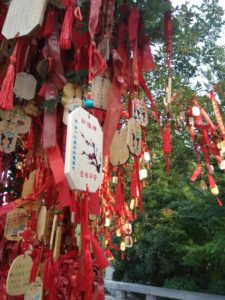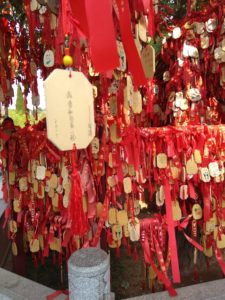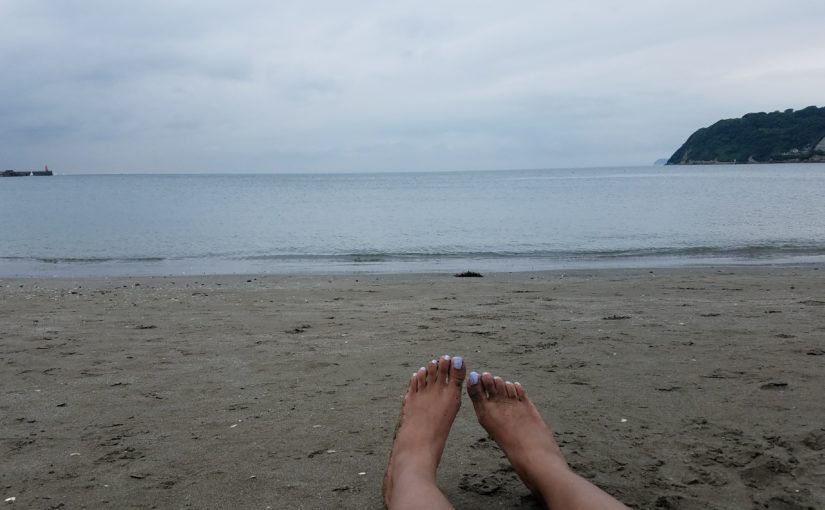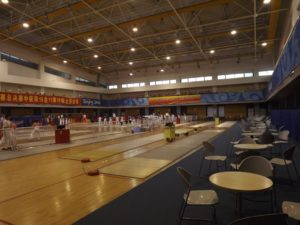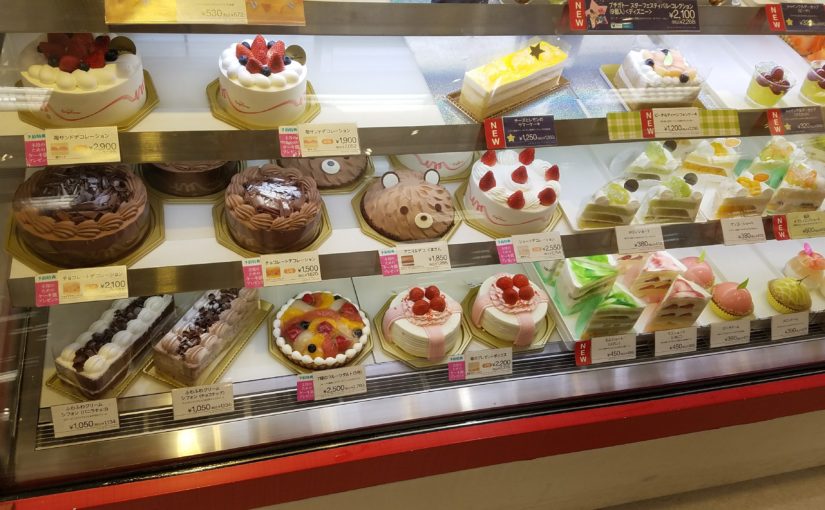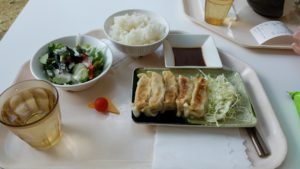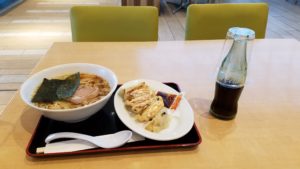The day I arrived in Siena, I took a taxi from the train station to my host family’s apartment and waited outside to meet them for approximately 30 seconds before a parade of men dressed in Renaissance garb, colorful tights and all, beating drums and waving flags, marched through the streets around me. Needless to say I was slightly overwhelmed by the fact that it seemed like Dante Alighieri himself could be in this crowd, and it was almost impossible to hear anything except the beat of the drums as I attempted to greet my host family.
I asked myself, “Harriet, what have you gotten yourself into this time?” My host family is wonderful, but at the time I had no idea what was happening around me and barely understood anything my host mother was saying. But seriously, why were there men walking around like it was a completely different century? [see images below]


In the beginning, I could hardly utter anything other than “ciao” and the occasional “come va?” to my host family, but slowly but surely I was able to gain the confidence and language proficiency to gather information about the modern day medieval city I’m living in. It turns out almost every weekend during the summer, one of the contradas marches around the city in their traditional costumes.
One of the neatest things about Siena is the 17 Contrade. The best I can do explain the enigma is that they are essentially neighborhood organizations that developed from the guild system during the medieval ages. Most tourists and other non-sienese know the contrade as the different participants in the Palio (a horse race that occurs twice a summer).
So far the contrada has been a great way to experience Sienese life. I join my host family at the contrada dinners, try new foods (like anchovy bruschetta), meet new people, and observe how Italians interact. There are lots of spirited discussions every time we go. Most of the people my host family knows and says hi to while walking around the town seem to be from their contrada; however, the contrada serves as more than just a place to get dinner and socialize. They keep the history of Siena alive as well as serve an important role for the community. In the Onda contrada, there is free academic tutoring everyday after school for all of the younger members. Contradas maintain traditions, such a “faciando un giro,” and each one has its own museum and church to collect significant artifacts such as old costumes, Palio banners (the prize for winning the Palio), artwork made by their members, etc. Each member is baptized into the community, usually when they are just babies. My host family has invited me to their son’s baptism into the contrada, so more on that soon.

The picture above is Onda doing a giro, which is a march around the entire city. The men of the contrada walk through the streets for the whole day in the hot sun, wearing their traditional costumes. There are flag twirlers and drummers, and each man has been practicing the particular flag spin and drum beat since they were little. My host dad plays the drum and hopes his 2-month-old son, Giorgio, will follow in his footsteps.
While Siena is definitely a medieval city in its architecture, society, and activities, the tradition is alive and constantly evolving. Even the most notable activity, the Palio, which originated as a war between the armies of the different contradas, has evolved into a horse race based on strategy. It’s still changing today due to recent interests of animal activist groups. The Palio races or the highlight of the summer and even inspires tears (happy or sad) and fights depending the winner. I could read about the contradas and the Palio, but anything other than experiencing them for yourself is missing something.
Below are some images of the setting for the living history in Siena. 






